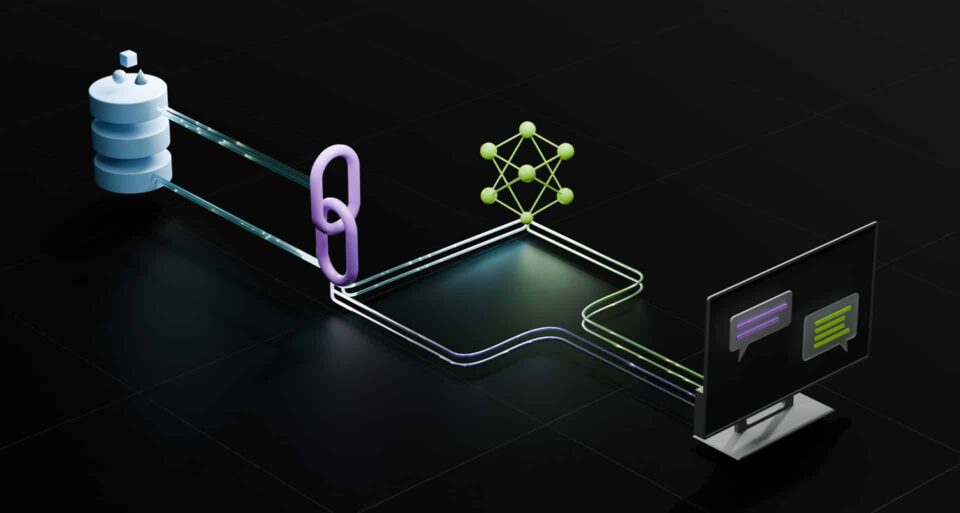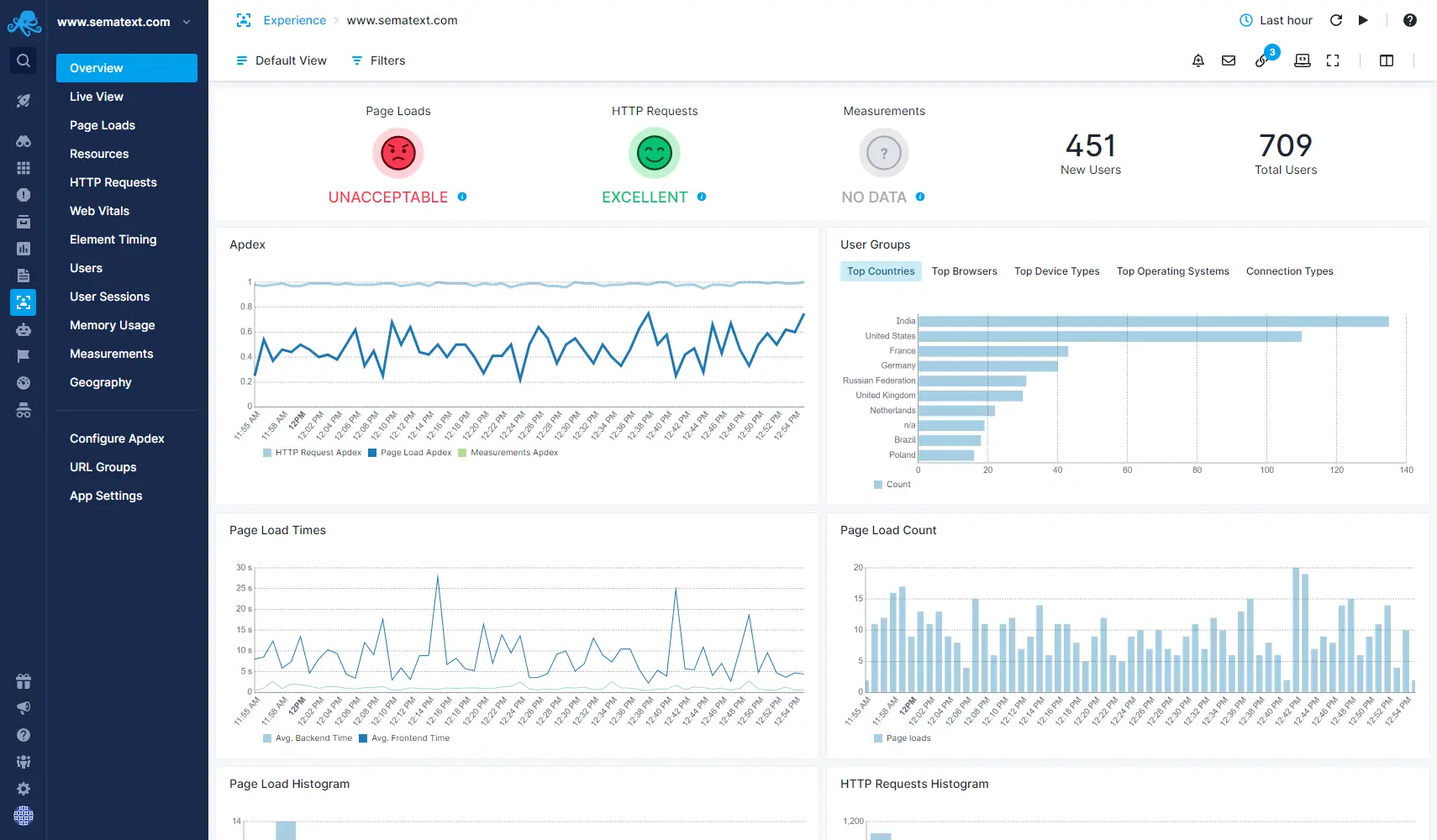Introduction
Large Language Models (LLMs) have transformed the way enterprises process, analyze, and generate text-based information. From automated customer support to advanced decision intelligence, AI models are becoming critical enablers of enterprise productivity. However, while LLMs are powerful, they are limited by their training data and knowledge cutoff dates, leading to hallucinations (factually incorrect outputs) and lack of access to domain-specific, up-to-date information.
This is where Retrieval-Augmented Generation (RAG) steps in. RAG combines the context-retrieval capabilities of search systems with the generative power of LLMs, enabling enterprises to leverage their proprietary knowledge bases for accurate, real-time AI responses.
This article explores what RAG is, how it works, its benefits, and its role in enhancing enterprise AI systems.
1. What is Retrieval-Augmented Generation (RAG)?
Retrieval-Augmented Generation is an AI framework that enhances LLMs by integrating external knowledge sources. Instead of relying solely on the information stored in a model’s parameters, RAG retrieves relevant documents or data from a connected database or vector store and feeds that information to the LLM for more accurate, context-aware responses.
In simple terms:
- A vanilla LLM generates text based on what it learned during training.
- A RAG-enabled LLM fetches updated, domain-specific data before generating an answer, making outputs more reliable, factual, and tailored.
Example:
- A financial institution using a base LLM might answer investment queries based on outdated training data.
- A RAG-powered system could retrieve real-time market data and internal research reports, combining them to generate an accurate, compliant, and actionable response.
2. The Core Components of RAG Architecture
RAG systems have three primary components:
2.1. Retriever
- Function: Finds relevant information from an external data source (knowledge base, database, vector store).
- Methods:
- Vector search: Uses embeddings to find semantically similar documents.
- Keyword search: Matches exact terms from a query.
2.2. Generator (LLM)
- Function: Uses both the user prompt and retrieved context to generate a coherent, contextually correct answer.
- Examples: GPT-4, LLaMA, Claude, Falcon, Mistral-based models.
2.3. Knowledge Source
- Data Storage Options:
- Document databases (e.g., PDFs, Word files, internal reports).
- Vector databases (e.g., Pinecone, Weaviate, Milvus, ChromaDB).
- Web-based APIs (e.g., stock market feeds, legal databases).
Process Flow:
- User Query: “Summarize last quarter’s enterprise revenue trends.”
- Retriever: Searches internal financial data for relevant reports.
- Generator: Reads retrieved context and generates a fact-based summary.
- Output: A domain-accurate, context-specific response, free of hallucinations.
3. Why RAG Matters for Enterprises
Enterprises face unique challenges that make traditional LLMs insufficient:
- Static Knowledge: Pre-trained LLMs lack real-time updates.
- Proprietary Data: Company-specific insights are not part of public training datasets.
- Compliance and Accuracy: Incorrect information can lead to financial, legal, or reputational risks.
By integrating RAG:
- Enterprises get AI models that know their business, not just general knowledge.
- Responses are grounded in verifiable facts.
- AI becomes a trusted decision-support system rather than a “black box” generator.
4. Key Benefits of RAG in Enterprise AI
4.1. Improved Accuracy and Reliability
RAG reduces hallucinations by pulling from verified enterprise knowledge bases, ensuring that generated responses are factually grounded.
4.2. Domain-Specific Expertise
RAG allows enterprises to inject proprietary data, policies, and guidelines into AI workflows, making responses:
- Industry-specific (e.g., BFSI, healthcare, retail).
- Compliant with internal standards.
4.3. Real-Time Knowledge Updates
Unlike static LLMs, RAG-enabled systems can access the latest data, such as:
- Recent financial transactions.
- New regulations.
- Updated medical guidelines.
4.4. Enhanced Explainability
Because RAG retrieves source documents before generating answers, enterprises can:
- Trace the origin of information.
- Provide citations and references for compliance and auditing.
4.5. Cost Efficiency
Instead of retraining or fine-tuning massive LLMs frequently:
- Enterprises store new data in a retriever-accessible knowledge base.
- RAG retrieves this data dynamically, reducing training costs.
5. Enterprise Use Cases of RAG
5.1. BFSI (Banking, Financial Services, and Insurance)
- Use Case: Automating investment advisory with real-time market feeds and historical client portfolios.
- Benefit: Ensures recommendations are accurate, personalized, and regulation-compliant.
5.2. Healthcare
- Use Case: Assisting doctors with evidence-based clinical decision support, referencing updated medical research and patient records.
- Benefit: Reduces errors and ensures safe, data-backed diagnoses.
5.3. Retail and E-commerce
- Use Case: Personalized product recommendations and customer support grounded in real-time inventory and pricing data.
- Benefit: Enhances customer satisfaction and conversion rates.
5.4. Legal and Compliance
- Use Case: Drafting legal documents or compliance reports based on internal policies and current regulations.
- Benefit: Reduces risk of non-compliance and human oversight.
5.5. Knowledge Management and Enterprise Search
- Use Case: Employees query a centralized knowledge base and receive contextual, AI-generated summaries of policies, training material, or project documentation.
- Benefit: Faster access to information, improving productivity across teams.
6. Implementing RAG in Enterprise AI Systems
6.1. Data Preparation
- Collect, clean, and organize unstructured data (PDFs, emails, CRM notes).
- Convert documents into embeddings for semantic search.
6.2. Choose the Right Retrieval System
- Vector databases: Pinecone, Weaviate, Milvus.
- Open-source tools: Haystack, LangChain for RAG pipelines.
6.3. Integrate with LLMs
- Connect retriever outputs to:
- OpenAI GPT models.
- Anthropic Claude.
- Open-source LLMs (LLaMA, Falcon).
6.4. Add a Feedback Loop
- Human reviewers validate outputs.
- Improves data quality and retrieval relevance.
6.5. Ensure Security and Compliance
- Sensitive data must be encrypted and access-controlled.
- RAG implementations should respect data privacy regulations (GDPR, HIPAA, etc.).
7. RAG vs. Fine-Tuning: Which is Better for Enterprises?
| Feature | Fine-Tuning | Retrieval-Augmented Generation (RAG) |
| Cost | High (requires model retraining) | Low (just maintain a knowledge base) |
| Update Frequency | Slow (needs retraining) | Instant (update database anytime) |
| Accuracy on Proprietary Data | Moderate | High (direct retrieval from enterprise data) |
| Explainability | Limited | Strong (citations provided) |
| Real-Time Knowledge | No | Yes |
Conclusion:
While fine-tuning is valuable for improving model tone or specific tasks, RAG is the more scalable and cost-effective approach for enterprises needing real-time, accurate, and domain-specific AI capabilities.
8. Future of RAG in Enterprise AI
- Agentic AI + RAG: AI agents that can autonomously search, retrieve, and reason before generating actions or recommendations.
- Hybrid RAG-LLM Systems: Combining structured knowledge graphs with unstructured text retrieval for richer context.
- Multimodal RAG: Retrieving not just text but images, videos, and structured datasets to enhance multimodal AI applications.
- Evaluation Frameworks for RAG: Emerging metrics to measure retrieval accuracy, context relevance, and overall model reliability.
Conclusion
RAG is rapidly becoming a foundational layer in enterprise AI architecture, bridging the gap between generic LLMs and real-world, context-aware AI applications. By enabling models to access proprietary, real-time knowledge bases, RAG enhances accuracy, trustworthiness, and decision-making power in critical industries like BFSI, healthcare, legal, and retail.
As enterprises scale their AI adoption, RAG combined with generative ai services will be a key differentiator, allowing organizations to build intelligent, reliable, and explainable AI systems without the cost and complexity of constant model retraining.











